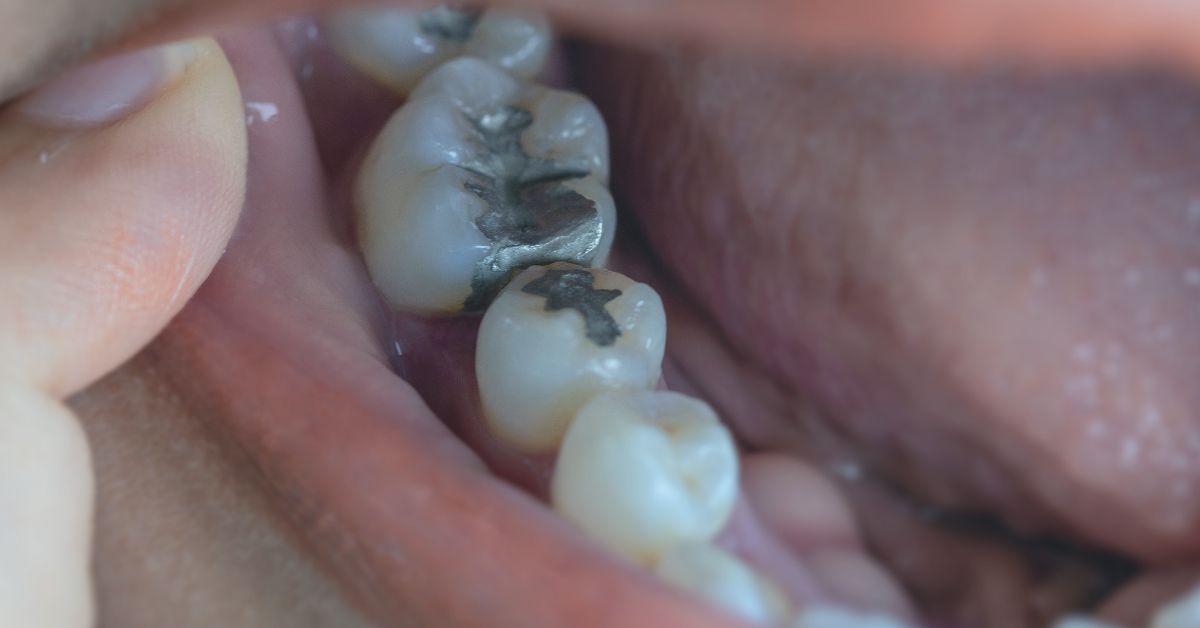Saskatoon Dental Group is a locally owned, full-scale Saskatoon dental clinic offering general dentistry services. At Saskatoon Dental Group, we are dedicated to offering excellent care to our amazing patients who are like family to us. We are grateful to treat whole families in Saskatoon across multiple generations and have a multicultural team speaking multiple languages. Today we are going to review how to prevent dry socket.
How to Prevent Dry Socket
Dry socket is a common complication that can occur after tooth extraction, and it happens when the blood clot that forms in the socket where the tooth was removed dislodges or dissolves before the socket has had a chance to heal. When this happens, the underlying bone and nerves are exposed, causing severe pain and discomfort. However, there are some steps you can take to prevent dry socket and ensure that your recovery from tooth extraction is as smooth as possible.
Follow post-extraction instructions: Your dentist will provide you with a set of instructions to follow after the tooth extraction procedure, and it is essential that you follow them closely to prevent complications like dry socket. Some of these instructions may include avoiding strenuous activities for a few days, avoiding smoking or using tobacco products, and not drinking through a straw.
Maintain good oral hygiene: Keeping the extraction site clean is critical in preventing dry socket. Gently rinse your mouth with warm salt water several times a day to remove any food particles or debris from the extraction site. However, be sure to avoid brushing or flossing the area until your dentist gives you the go-ahead.
Avoid eating hard or crunchy foods: Hard or crunchy foods can dislodge the blood clot in the extraction site, increasing your risk of developing dry socket. Stick to soft foods like soups, yogurts, and mashed potatoes for a few days after the extraction.
Manage your pain: Pain is a common symptom after tooth extraction, but it can be managed with over-the-counter painkillers like acetaminophen or ibuprofen. However, be sure to follow the dosage instructions provided on the label.
Seek immediate treatment: If you experience severe pain, swelling, or bad breath after tooth extraction, contact your dentist immediately. These may be signs of dry socket, and prompt treatment can prevent further complications.
In conclusion, preventing dry socket after tooth extraction requires a combination of good oral hygiene, following post-extraction instructions, avoiding hard or crunchy foods, managing pain, and seeking immediate treatment if needed. By taking these steps, you can ensure that your recovery is as comfortable as possible and minimize the risk of developing dry socket or other complications. Remember to follow your Saskatoon Dental Group dentist’s instructions carefully and don’t hesitate to reach out to them if you have any questions or concerns. It is important to visit your dentist at Saskatoon Dental Group as soon as possible to get a proper diagnosis and treatment for any pain you feel in your mouth. Book your appointment today! They are always welcoming patients looking for a new dental family. If you would like to book a checkup or if you have any dental questions please do not hesitate to reach out to our team.
See you soon!
The Saskatoon Dental Group Team

